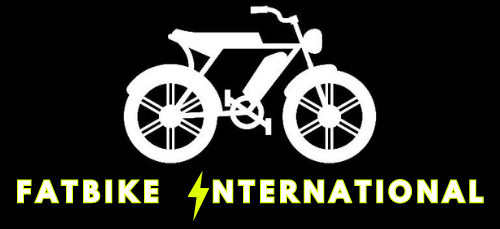Is the Fat Bike Street Legal?
Select Your State to See U.S. Electric Bike Regulations
If you're considering buying an electric bike (eBike), it's essential to understand the regulations in your state and across the U.S. This guide provides detailed information on eBike regulations, classifications, speed limits, age restrictions, helmet requirements, licensing, insurance, and where you can ride your eBike.
Overview of U.S. Electric Bike Regulations
Many states have defined eBikes, with 44 states currently having eBike definitions. However, definitions and classifications still vary across states.
The Three-Tiered Classification System
26 states have adopted a three-tiered classification system for eBikes. Class 1 eBikes have a top speed of 20 miles per hour and provide assistance only when pedaling. Class 2 eBikes have a throttle-actuated motor that stops assisting at 20 miles per hour. Class 3 eBikes provide assistance when pedaling and stop at 28 miles per hour.
Speed Limits
The federal speed limit for eBikes is 20 miles per hour under motor power alone. Class 1 and 2 eBikes are limited to this speed, while Class 3 eBikes can reach up to 28 miles per hour. Local speed restrictions may also apply.
Age Restrictions
Age restrictions for eBikes vary by state, usually applying to Class 2 or Class 3 eBikes. Some states require riders to be 14 or older, while others set the age at 15 or 16. Riders under a certain age may need adult supervision. Helmet requirements are also common for younger riders.
Registration and Insurance
Some states require eBike registration and insurance, especially if they classify eBikes as mopeds or scooters. However, most states that use the three-tiered classification system exempt eBikes from these requirements.
Where You Can Ride Your eBike
eBike access varies by state and federal land rules. In general, eBikes are allowed on roads, sidewalks, and bike paths in most states. However, restrictions may apply, and some states only permit eBikes on roads. Off-road usage depends on the specific trail designations and local regulations.
National Parks, Forests, and BLM Land
Access to eBikes in national parks, forests, and BLM land has expanded in recent years. Most federal lands now allow eBikes up to 750 watts (Class 1 and Class 2) wherever traditional bicycles are permitted. However, wilderness areas within national parks still prohibit eBike usage.
1000W eBikes
Only six states allow eBikes with a maximum power of 1000W. Most states cap eBike power at 750W or less.
Other Safety Considerations
It's important to adopt the three-tiered classification system, follow local regulations, wear helmets, and consider insurance for theft or damage protection.
To find specific regulations for your state, select your state from the provided list.
Note: This information is based on the latest available data and may be subject to change. It's always recommended to check with local authorities for the most up-to-date regulations in your area.
